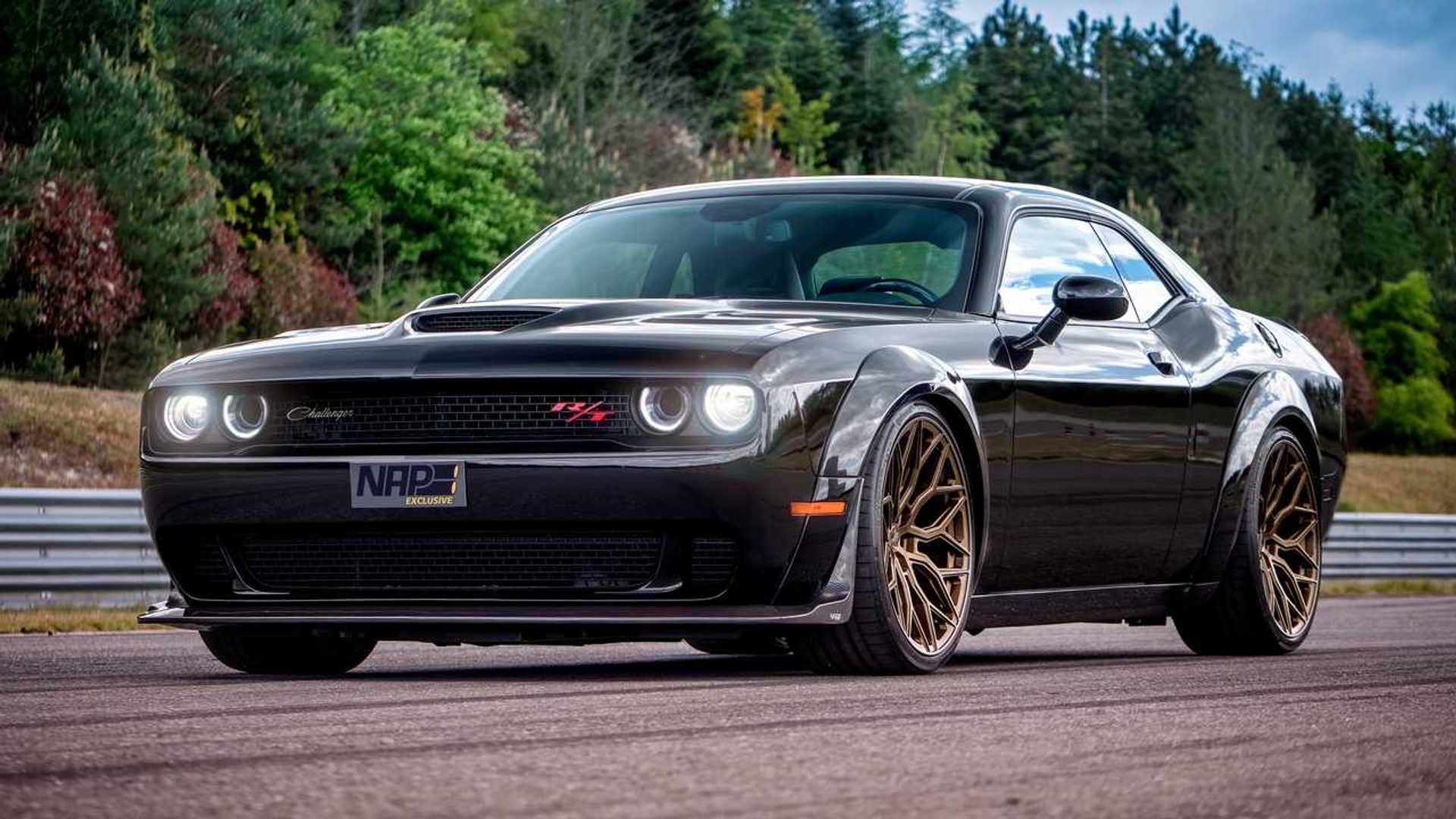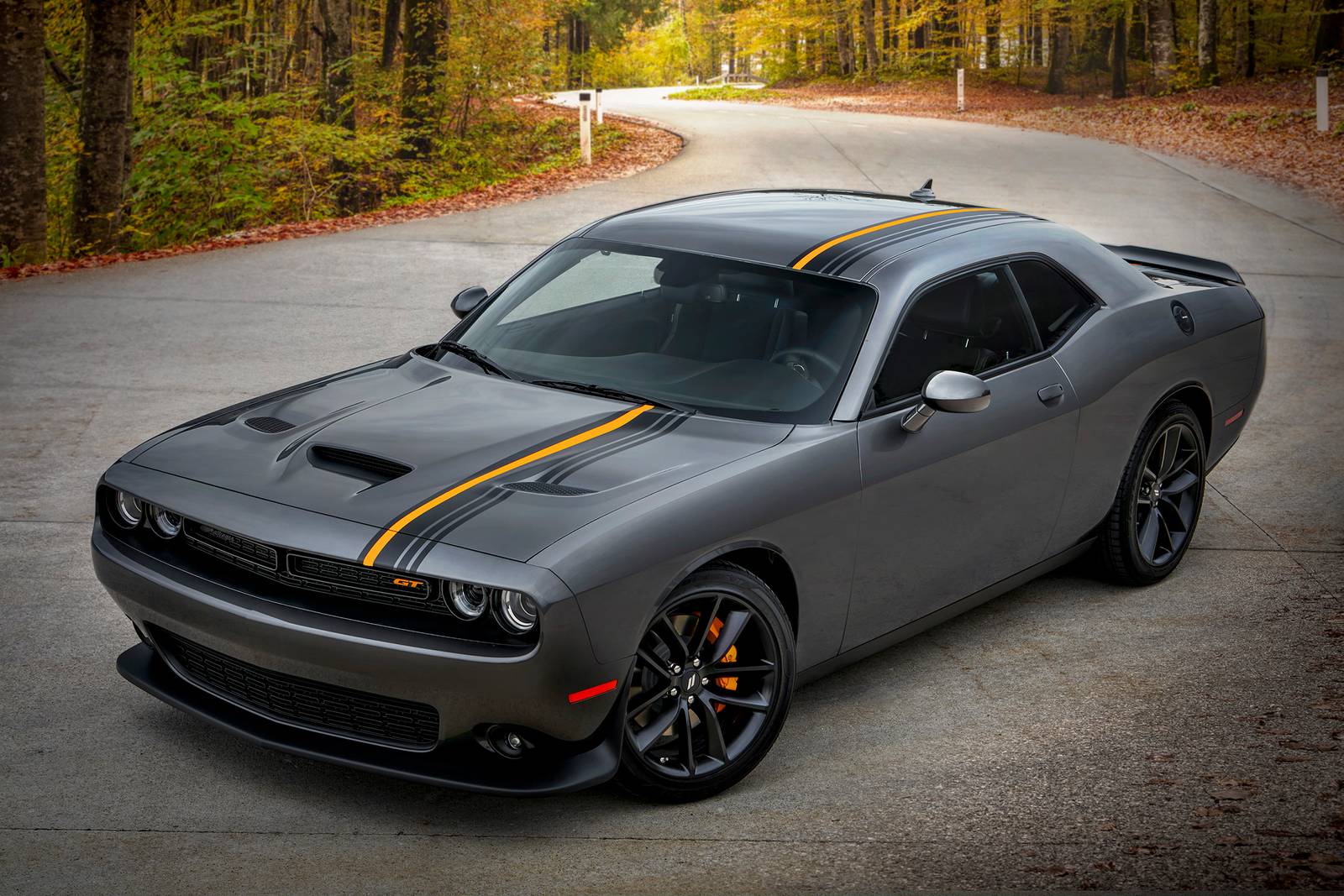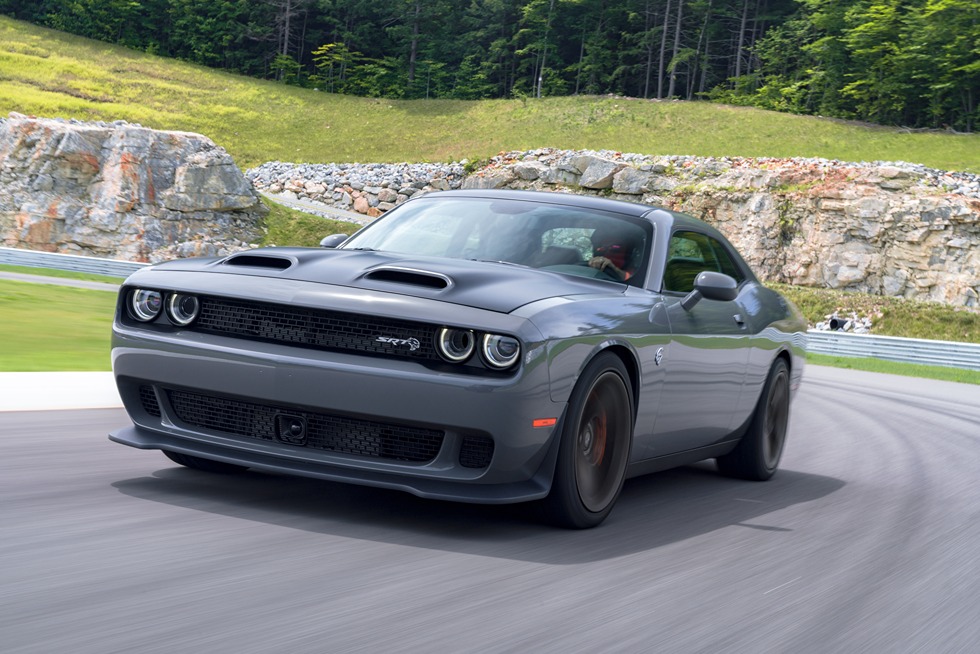Dodge Challenger MPG
The Dodge Challenger is one of the names on top of the list when it comes to the topic of the best and most iconic muscle cars. Over the years, its style has greatly evolved with a powerful engine that packs a punch on the road. However, its iconic retro look remains unchanged without compromising its fantastic ride and performance. With many new vehicles transforming into electric or hybrid versions to add fuel efficiency, let’s look at how the Dodge Challenger MPG rating compares with other cars in its segment to win over muscle car-loving buyers.
Dodge Challenger Engine Guide
A balance between performance and gas mileage is necessary when buying a new vehicle, including muscle cars. Understandably, you need more fuel to boost acceleration and driving power. So, before we look into the Dodge Challenger MPG rating, it’s best to examine the engine options in this muscle car first.

The Dodge Challenger offers five engine options:
• Standard 3.6L Pentastar V6 Engine
• 5.7L HEMI V8 Engine
• 392 6.4L HEMI V8 Engine
• Supercharged 6.2L HEMI V8 Engine
• Supercharged 6.2L High-Output HEMI V8 Engine
The first engine option is the Standard 3.6L Pentastar V6 Engine, which comes with all-wheel drive (the only one of the engine options). The Dodge Challenger MPG rating for this engine type varies based on whether you have the AWD or RWD layout. The MPG rating for the RWD variant is 19/30 for the city and highway, while the AWD variant has an MPG rating of 18/27 for the city and highway.
The next one is the 5.7L HEMI V8 Engine, which packs 375 horsepower. The RWD layout with automatic transmission delivers an MPG rating 18/25 for the city and highway. Meanwhile, the manual transmission engine offers 15/35 MPG on the city and highway.
If you want to upgrade to the 392 6.4L HEMI V8 Engine, you can achieve up to 485 horsepower, but you’ll sacrifice gas mileage. The vehicle gets a 15/24 MPG rating on the city and highway.
The supercharged 6.2L HEMI V8 Engine produces 717 horsepower. Due to the higher performance, your fuel efficiency rating also drops to 13/24 on the city and highway.
The Supercharged 6.2L High-Output HEMI V8 Engine offers an incredible 809 maximum horsepower. Meanwhile, the fuel efficiency rating is 13/22 MPG on the city and highway.
Make sure to invest in the Dodge Extended Warranty to keep your engine in tip-top shape and to maintain the highest fuel efficiency rating and performance.
Dodge Challenger MPG Rating by Trim
How good is the Dodge Challenger MPG rating per trim? Let’s examine them here:
• Dodge Challenger SXT: 19/30 for the city and highway (RWD) or 18/27 for the city and highway (AWD)
• Dodge Challenger GT: 19/30 for the city and highway (RWD) or 18/27 for the city and highway (AWD)
• Dodge Challenger R/T: 15/23 for the city and highway (RWD with manual transmission) or 16/25 for the city and highway (automatic transmission)
• Dodge Challenger Scat Pack: 14/23 for the city and highway (manual) or 15/24 for the city and highway (automatic)
• Dodge Challenger SRT Hellcat: 13/21 for the city and highway (manual) or 13/22 for the city and highway (automatic)
• Dodge Challenger SRT Hellcat Redeye: 31/21 for the city and highway (manual) or 13/22 for the city and highway (automatic)
How Big is the Dodge Challenger Fuel Tank?
The fuel tank capacity of a Dodge Challenger is a standard 18.5 gallons, regardless of the trim level. This fuel tank capacity should be sufficient for road adventures with this fun-loving muscle car.

Tips for Increased Gas Mileage
Changing your driving habits is the simplest and most efficient approach to increasing any car’s fuel efficiency.
Reduce your use of the chilly engine. To save fuel, start the engine and proceed with regular driving to quickly bring it up to working temperature.
Proceed with caution. Steer clear of abrupt acceleration and harsh braking, as these actions can reduce fuel efficiency by 15–30% on highways and 10–40% in stop-and-go traffic.
Make effective gear shifts. Upshift as soon as it is practical if the gearbox in your car is manual. Use the brakes to slow the automobile down when you come to a stop instead of downshifting.
Recognize the state of the roads. To keep moving forward and prevent needless stopping and acceleration, keep an eye on the traffic in front of you and “time” stoplights.
Heed speed restrictions. Most cars have a peak fuel economy of about 50 mph, beyond which it decreases with increasing speed. Fuel efficiency can rise by 7–14% when highway speeds are lowered by 5–10 mph.
Use cruise control. Reducing highway speed variations can save gas. However, cruise control should never be used on slick roads, as it may result in a loss of vehicle control.
Don’t idle about too much. While an automobile engine is idle, it uses between a quarter and a half gallon of fuel per hour, yet restarting only takes around ten seconds when the engine is warm. If you will be halted for longer than a minute, turn off your engine when it is safe to do so.
Stay away from rush hour. Use the opportunity to commute and run errands during off-peak traffic if your job allows “flex time” work hours.




